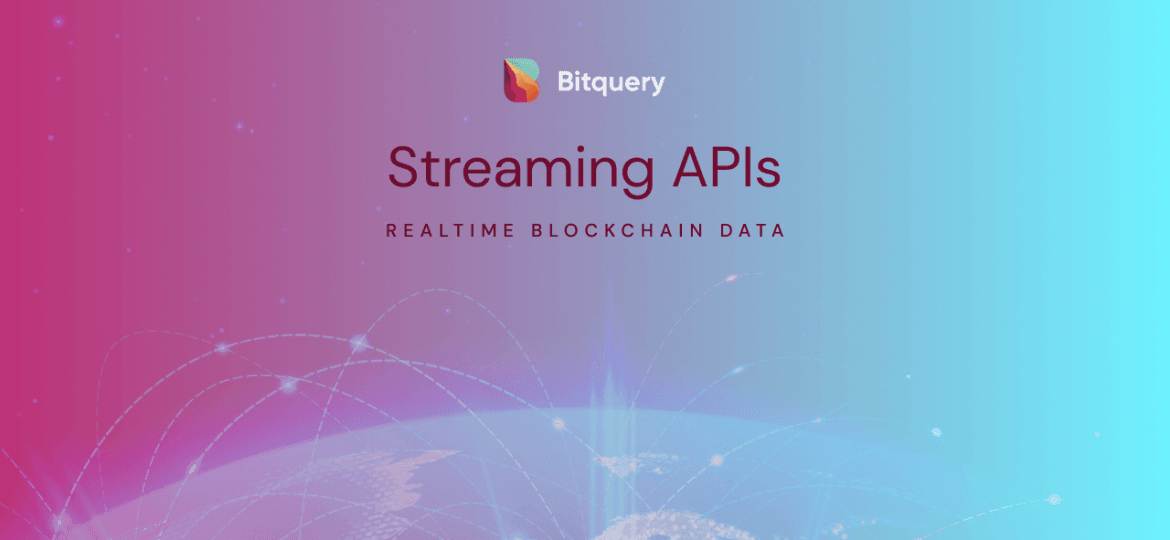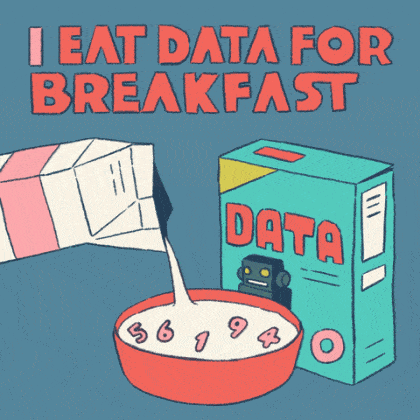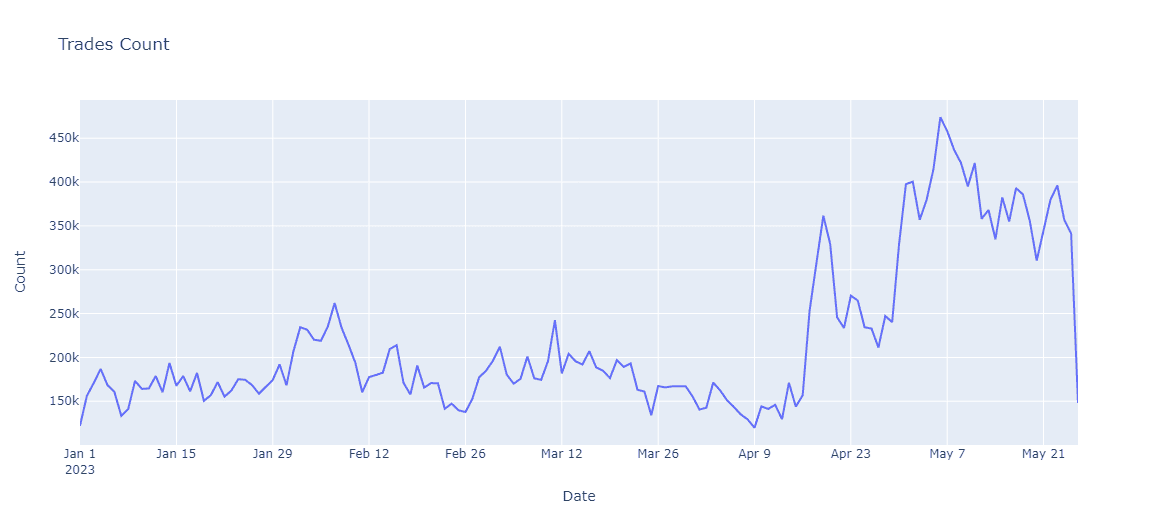
The Ultimate Guide to NFT Analytics
The rise of NFTs has opened up a world of opportunities for creators, developers, and businesses. Recognizing the potential of NFTs, many individuals and companies have begun capitalizing on this trend by creating NFTs and developing innovative NFT-based solutions.
As the NFT market has grown, so has the demand for NFT analytics. NFT data providers can help users track the performance of NFT projects, identify trends in the NFT market, and make informed investment decisions.
What if we could get all the data we need in one place?

Bitquery is a blockchain data platform that provides NFT APIs as-a-Service with access to a wide range of NFT data, including sales data, ownership data, and transfer data. Bitquery’s NFT APIs can be used to track the performance of any NFT project, and identify trends in the NFT market. In this article, let’s focus on a breakdown of the analytics that are possible with the Bitquery NFT APIs.
Outsource your need to build a node and capture the data you need.
2023 NFT Market Overview
Before diving into the details of Bitquery’s NFT API, let’s take a brief look at the state of the NFT market in 2023. The trading volume of NFTs in the first quarter of the year experienced a decrease followed by a sharp increase. This fluctuation indicates a maturing market that is still finding its footing.
You can also get trade count using this query and volume using this query.

NFT Analytics for Traders and Collectors
When people search for NFT analytics, they are typically looking for information about the following:
Ownership data: Who owns which NFTs?
One of the fundamental aspects of NFT analytics is understanding who owns which NFTs. Who’s earning the big bucks in the NFT world? Who are the whales?
Bitquery provides an Ownership API that allows you to determine the ownership of a particular NFT. This information is valuable for identifying potential buyers or sellers in the market. Additionally, the ownership history of an NFT can reveal how many times it has changed hands, providing insights into its popularity and trading activity.

Track the NFT balance of addresses: By tracking the NFT balance of addresses, you can identify the addresses that hold the largest amounts of the NFTs like Cryptopunks This information can be used to identify which investors are most bullish on NFTs and which NFTs are most likely to appreciate in value.
Transfer history: What is the transfer history of an NFT?
NFT transfer history can show you who has owned a particular NFT. This history encompasses various metrics, such as the types of wallets involved in the transfers. It reveals whether the token was transferred from a MetaMask wallet to a cold wallet, or if it was moved from an exchange to a cold wallet.
The transfer history of a block in the blockchain records the movements of NFTs within that specific block. It provides a chronological account of the transfers made within a given timeframe.
Trade history of a specific NFT trader: What are the trends and patterns in the NFT market?
It is no secret that millions of people are influenced by crypto influencers who go on supporting projects. Conducting thorough research requires understanding the trades of an NFT, collection, or trade history of a particular wallet. This includes determining the trades made, including NFT transactions, to verify if they have actually acquired a particular NFT and at what price it was purchased. Knowing the trade history of a wallet is crucial in answering these questions and making informed investment decisions
The NFT world is expanding, and the strategies to become make gains are getting innovative.
NFT sniping has become popular among traders seeking to acquire undervalued NFTs and resell them for a profit. Bitquery’s NFT APIs can assist traders in monitoring NFT marketplaces for newly listed items, price drops, or rare and valuable NFTs. By leveraging these tools, traders can gain a competitive edge and act swiftly to capitalize on profitable opportunities
Get NFT data in real-time: By subscribing to the latest NFT transfers, you can stay up-to-date on the latest NFT activity. This information can be used to identify which NFTs are most popular and which NFTs are seeing the most trading activity.
NFT Marketplace Data
Here are some of the things you can do with Bitquery’s NFT API:
Track the sales of NFTs:
Axie Infinity and Art Blocks became the focus of media houses as their sales rocketed. More and more investors are looking to see which NFTs can make the most returns. The NFT API allows you to track the sales of NFTs on a variety of Ethereum marketplaces. This information can be used to identify which NFTs are selling well and which ones are not.
Track the trading volume of NFTs:
People’s opinions on NFT sales may vary, with some claiming they are “flatlining” while others argue they are growing. To get a comprehensive understanding of the situation, it is crucial to consider the full story. The NFT API also allows you to track the trading volume of NFTs on marketplaces like Opensea. This information can be used to identify which NFTs are in high demand and which ones are not.
Track the floor prices of NFTs:
The NFT API also allows you to track the floor prices of NFTs. The floor price is the lowest price that an NFT is currently listed for sale. It shows the minimum value of an NFT collection or project and helps you find the lowest price on the market for the NFT you want.
How to Analyze NFT Projects
Start by researching the project: Before you start analyzing any NFT project, it’s important to do your research and understand the project’s goals and objectives. This information can be found on the project’s website, social media channels, and whitepaper.
Use Bitquery to track the project’s performance
Once you have a good understanding of the project, you can use Bitquery to track its performance over time. This information can be used to identify trends and patterns that may indicate whether the project is likely to be successful.
Use the project’s metadata:
The NFT project’s metadata can provide you with valuable information about the project. It can include the project’s name, the project’s description, the project’s artwork, and other properties. It also includes how many NFTs are there in the collection.

Identify holders of a collection: By identifying holders of a NFT collection, you can identify the community that is supporting the project. What other tokens are these wallets holding? Are the influential people in the crypto community? Questions like these help you gauge the popularity of the project.
Subscribe to our newsletter
Subscribe and never miss any updates related to our APIs, new developments & latest news etc. Our newsletter is sent once a week on Monday.


